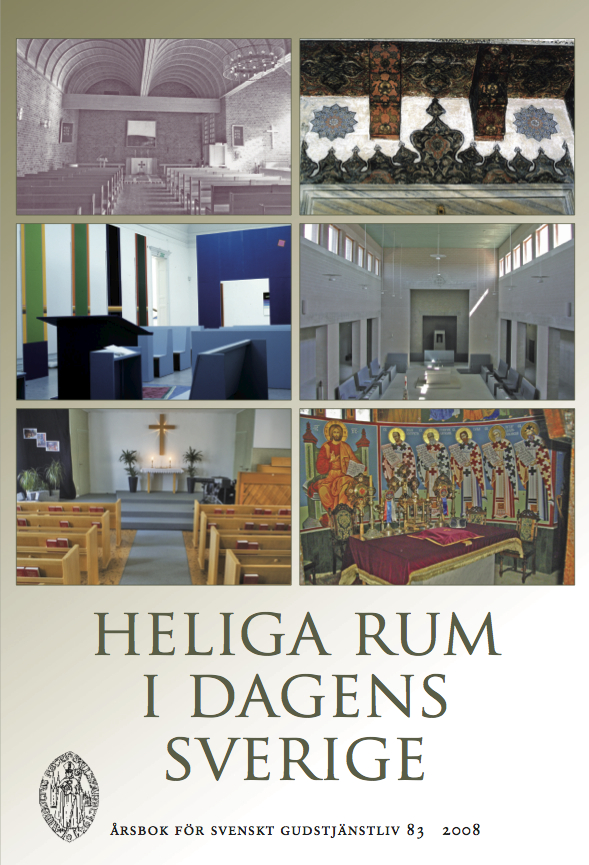Heliga rum i muslimsk kontext
Abstract
Holy Spaces in a Muslim Context
In a couple of rooms in the Topkapı Saray in Istanbul the visitor finds »the sacred trust», objects attributed to the prophets before Muhammad, and to Islam’s Prophet himself and to his first followers. Most important: the burda, the mantle of the Prophet is there. Once these objects had a political purpose. The Ottoman Sultan-Caliph could show the continuity, the succession of the caliphate and its religious legitimacy. There are likewise old keys to the door of the Ka‘ba in Mekka: the centre in the »religious geography of Islam».
Today this part of the Topkapı museum is surrounded with expressions of respect, especially a continuous Qur’ân recitation. Many visitors show visible signs of devotional feelings.
Similar reactions can be seen in other places, e.g. in the Husayn Sanctuary in Cairo, or at graves of saints, or of the Shî‘î Imams. Models of the sanctuary of Husayn at Karbala can be seen in the Husayniyya of many Shî‘î mosques; the connection with the place is combined with the ritual commemoration of the narratives of the significant past.
The qibla direction of the Prayer indicates the connection with the centre – Ka‘ba. The commodities for the ablution at the mosques remind the participant of the tahâra, the ritual purity as a condition for the rituals. The Qur’ânic quotations in calligraphy actualize memories, feelings. The names of the four first Caliphs to be found in every Sunnî mosque connect the now with the past. The ritual acts follow the Prophet’s and his Companions’ sunna, the precedence.
After the »caricature crisis» provoked by the Danish daily Jyllands-Posten in 2005, more mosques than previously now have a hilya, a framed description of the Prophet in words. Pictures and models of sanctuaries (Jerusalem, Mekka, Medina) are to be found in the mosque (and at the place in the home where prayers are performed).
A special type of sanctuary are the mosques (or rooms) for the mevlevi ritual dance, or for the dhikr and samâ‘ of other Dervish orders.
The sanctity of the room has to do with the commemoration (the narratives ritually actualized). The calligraphic texts, the objects/relics, the use of the room in private or common praxis of piety, the special observances when visiting the place, all underline its sanctity which is visible in the reactions of the visitor/participant. The architecture supports the feeling of a spiritual experience.
Downloads
Publicerad
Nummer
Sektion
Licens
© författarna, Laurentius Petri Sällskapet för svenskt gudstjänstliv samt Artos & Norma bokförlag. Det är tillåtet att kopiera och använda material ur Svenskt Gudstjänstliv för forskningsändamål om källan anges. För övriga ändamål kontakta respektive artikelförfattare samt förlaget. Särskilda restriktioner kan gälla för bildmaterial.


